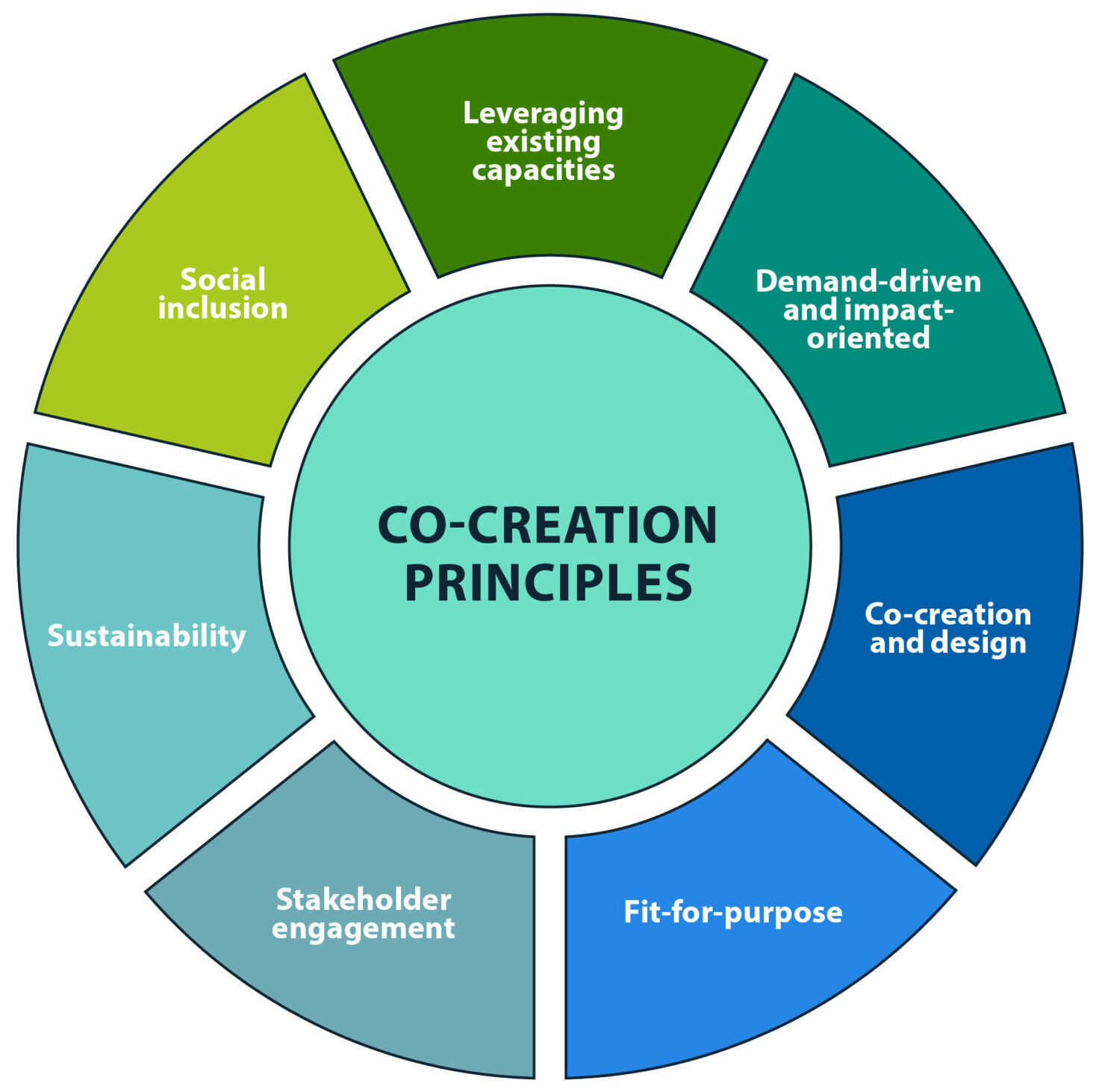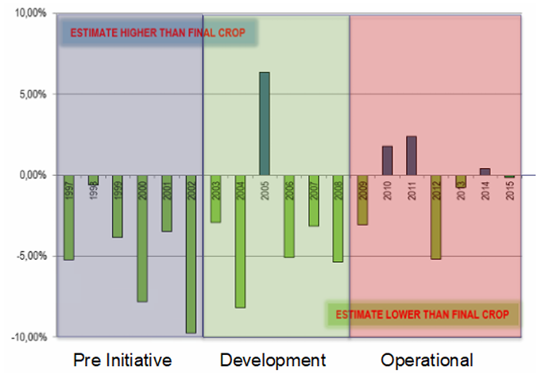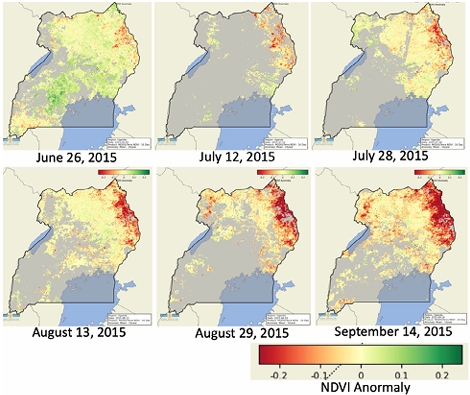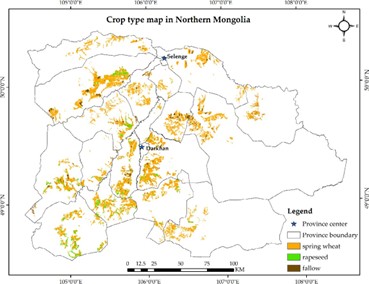Capacity (Co-)Development IN GEOGLAM
Our Guiding Principles
GEOGLAM is built upon common interests and good intent.
As such, these principles are aspirational and intended to help guide how different capacity development interventions are handled within GEOGLAM.
Start with existing capacities
CapDev interventions start with the capacities and capabilities that already exist within the engaged parties. Human capacities (skills and knowledge) and the capabilities of requester organisations, individuals, and institutions will be strengthened by bridging the gap between the existing and required competencies for the uptake of EO by staff, and by identifying the organisational needs to facilitate the strengthening of the required competencies.
demand-driven and impact-oriented
Starting with a need or demand for information is a critical component of co-creation that ensures projects begin with a clearly defined impact. Different frameworks can be used to understand the required interventions needed to reach a desired impact (e.g., Baseline Studies, Logical Frameworks, Result Chains, Strategic Pathways, etc.)
Co-creation
Many CapDev interventions focus on individual capacity strengthening via training, massive open online courses (MOOCs), webinars, etc., which share or transfer new knowledge, skills, and insights in only one direction. The GEOGLAM perspective is that these are effective tools for information sharing that must be situated within a more holistic co-creation approach to CapDev, one in which partners jointly share in the design and implementation of a CapDev intervention.
fit-for-purpose
A “fit-for-purpose” or “good-fit” approach requires a clear understanding of different audiences’ specific needs and builds upon existing capabilities. Consequently, the targeteted intervention should address the identified audience, each according to their needs, roles, capacity, interest, and influence.
Stakeholder engagement
Multiple stakeholders relevant to the intervention should be identified and engaged based on their specific role, interest, and influence. The spectrum of stakeholders ranges from hands-on users of EO-related technology up to the highest political level, with a broad range of actors in between. Hence, a range of engagement activities, including technical, political, and even personal, is essential.
Sustainability
Plan for continuity; the sustained provision of dependent data and services implicated in the CapDev intervention, as well as of sustained use of the EO data and tools within the requester organisation regardless of staff turnover.
Ensuring organisational, technical, financial, data, and academic continuity will be addressed during the project period and, if warranted, operationally sustained post project.
Social inclusion
Diversity, equity, equality, and inclusion are at the core of GEOGLAM as an international organisation. As such, we adopt the language and principles set forth by the United Nations General Assembly in its 2012 “Declaration of the High-level Meeting of the General Assembly on the Rule of Law at the National and International Levels.
We further amend this text to explicitly condemn discrimination on the basis of race, colour, ethnicity, national origin, religion, sex, gender identity or expression, sexuality, disability, age, marital status, family/parental status, or political beliefs. Simply, GEOGLAM as an organisation treats all partners as equals and selects partners without privilege or bias and expects all partners to do the same when working in this international context.












